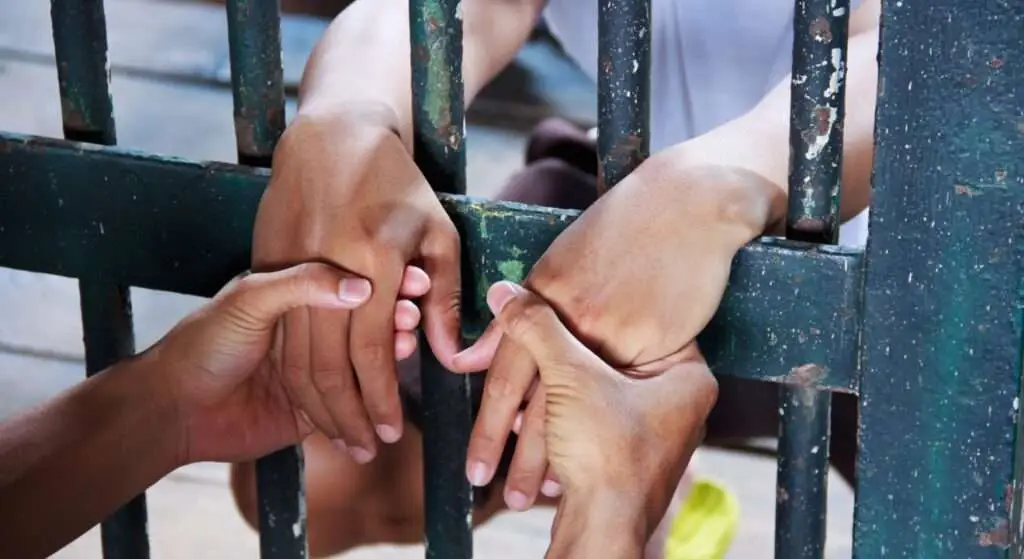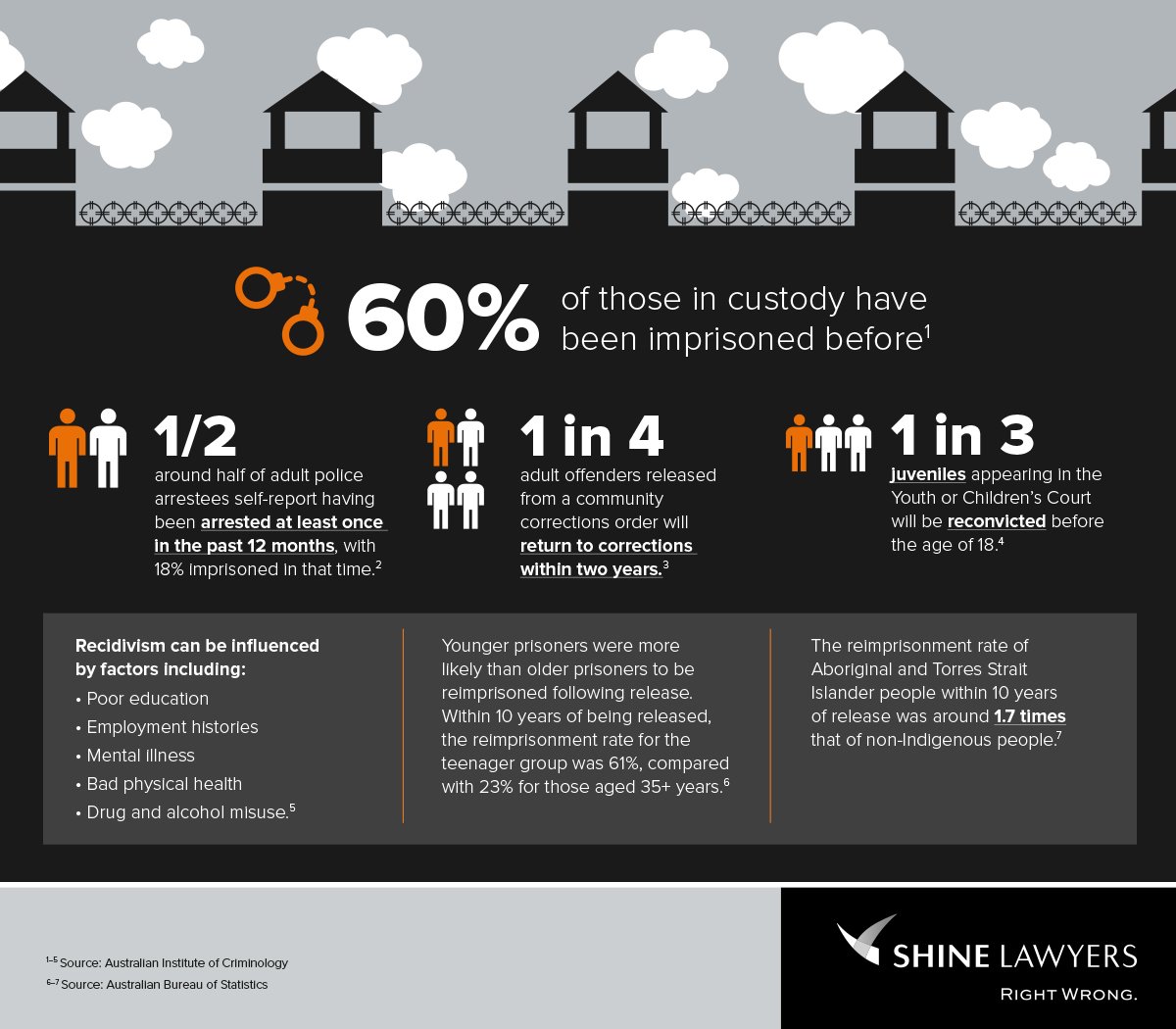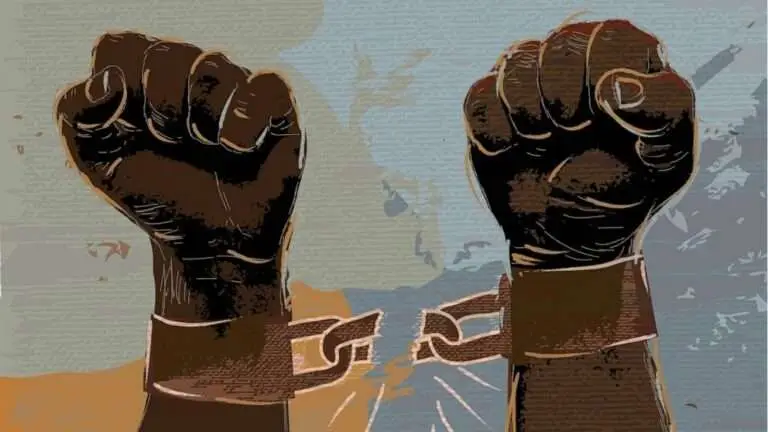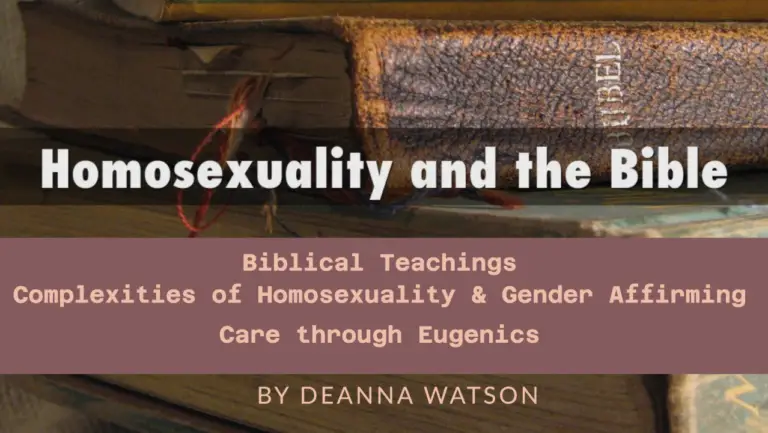
Combating Recidivism

In the video above with Andrew Lockie, ,discusses 3rd graders’ reading literacy levels can determine how many prisons need to be built within the next 15-20 years. Some concerns with philanthropy are that it can be efficient but not effective. Read a little further to understand what this means to just be efficient and not effective. To demonstrate success, efficiency and effectiveness must be incorporated into programs to help neutralize problems like recidivism in society.
First, let us dive deeper into understanding men’s and women’s roles .
Let’s demystify women’s position in this world. There is so much confusion surrounding the truth about God’s word concerning women. The scripture below describes a woman being with her husband. If verse 11 occurs, women will learn silence and subjection through obedience to the man in verse 12, they will not usurp authority over man. The word subjection means obedience in the Greek number 5293 which is “hupotasso” pronounced “hoop-ot-as’-so”
What man is the bible referring to in 1 Timothy 2:12 that women should learn to listen?
That is why a man leaves his father and mother and is united to his wife, and they become one flesh.
But I want you to realize that the head of every man is Christ, and the head of the woman is man, and the head of Christ is God.
The man the bible is referring to in 1 Timothy 2:12 that women should listen to is their spouse.
1 Timothy 2 (can also be found in 1 Peter 3:1 and 1 Peter 3:5)
9 In like manner also, that women adorn themselves in modest apparel, with shamefacedness and sobriety; not with broided hair, or gold, or pearls, or costly array; 10 But (which becometh women professing godliness) with good works. 11 Let the woman learn in silence with all subjection. 12 But I suffer not a woman to teach, nor to usurp authority over the man, but to be in silence. 13 For Adam was first formed, then Eve. 14 And Adam was not deceived, but the woman being deceived was in the transgression. 15 Notwithstanding she shall be saved in childbearing, if they continue in faith and charity and holiness with sobriety.

Likewise, men should treat their wives as their own bodies that they lovingly care for and take care of. No man goes in the corner and beats himself up, instead, he feeds himself when he is hungry and drinks water when he is thirsty. In the same way, he should care for his wife as he cares for himself.
In this same way, husbands ought to love their wives as their own bodies. He who loves his wife loves himself.

Chime into the podcast and blog on Stereotypes to better understanding how stereotypes impact your position in God’s Kingdom.
From the early 1870s onward, white supremacy gradually reasserted its hold on the South as support for Reconstruction waned; by the end of 1876, the entire South was under Democratic control once again (The History Channel). Presidential candidates’ stances on urban issues include myriad lists of reasons they avoid stimulating those that are marginalized out of poverty. Racial violence on the streets of New Jersey, with twenty-six dead in 6 days. Sparking more racial violence with riots in Detroit Michigan being more immense than in New Jersey. Five days into the Detroit riots there were 43 people dead, and hundreds wounded. This triggered racial violence in over one hundred twenty cities with over 70 major riots. This made me think about how frustrated blacks were during this time to even consider risking their lives to fight for equality with acts of rioting, looting, and the igniting of fires. From my perspective, it seemed as if blacks wanted to wage war on the United States at this time Bill Moyers Journal: Race and Politics in American Cities you can buy this video >>> here.
Let’s shift focus to single-parent households. A great book discusses the housing projects in Chicago, Robert Taylor Homes. Venkatesh (2002) discusses the correlations with the projects, tenants, gangs, police officers, and many other things that contributed to the fall and failure of people of the housing projects. You can purchase her book at Amazon >>> here.
Live as free people, but do not use your freedom as a cover-up for evil; live as God’s slaves.
Let’s talk about recidivism for a moment.
According to Merriam’s Dictionary “Recidivism” can be best defined as a French word that means “to relapse into sin or crime”. It refers to a tendency to go back to previous conditions or modes of behavior, specifically, criminal behavior.
Patterns of Philanthropy (Please click on the links to take you directly to articles)
In the ethnic groups of Black, Hispanic, and Asian Americans, their patterns of philanthropy differ. However, people are innately similar in life; therefore, their giving is identical. People learn how to give from intergenerational transmissions of generosity, which is a learned behavior of pre-existing thoughts and beliefs formed in childhood, that impacts the way communities are being served. Many community programs are formulated by social services organizations that rely on funding to impact communities.
There are many social services programs that are established and are operable, however, why is so much money being given and spent on programs, yet communities are still so impoverished? What is happening with the money?
Black Americans are more likely to give to schools, human services, and religious organizations than any other ethnic group, according to Mento (2010). For instance, basketball players Lebron James, Derrick Rose, and other players in the NBA were all raised in a poverty culture. However, the poverty they grew up in has built their personalities to have strong character. Therefore, poverty does not always generate bad events, considering the great people that have come from poverty. In addition, individuals born into a “culture of privilege,” such as Derrick Rose’s son, have a promising future that does not involve poverty because of the character of his dad. Indeed, a culture of poverty does have some devastating disadvantages. Retrospectively, poverty has some significant advantages for those who can evade the power of the culture of poverty (Celebrity Mirror (2022)). Deprivation is linked to a wide array of Black American celebrities. Therefore, there might be a correlation between poverty and Black celebrities’ values in philanthropy.
Hispanic Americans, according to the U.S. Department of Commerce (2021), contributed over 300 billion in taxes in 2019, according to “New American Economy.” In an article by Burclaff (2021), the Hispanic Heritage Month observance of 1968 “National Hispanic Heritage Week” traces its origins in Mexico, Central America, South America, and the Spanish-speaking nations of the Caribbean. According to author Rolland (2018), Hispanics also send more than 68 billion dollars to their homeland. In addition, they enjoy giving to the churches they attend. They make up approximately 450 Latin American Grantmakers. For this reason, the Hispanic population continues to build their community and birthplace and maintain the values embedded in them through their lived experience of crisis. They always support each other in philanthropy.
Asian American, according to “The United States Census Bureau,” household median income was affluent in 2021, ranking at 100,572, a margin of error of 1.5%. According to Panepento (2009), South Asians contribute to cultural causes within their culture. It is evident that Asians have the highest income, and their giving inspires them to stay within their culture and improve its traditions.
According to an article published by Forbes, Azim Premiji, a philanthropist, has donated a total of $21BN in philanthropic activities that primarily focused on Asia-Pacific issues.
Growth & Transparency
Traditional fundraising approaches should be redesigned to align more closely with each group’s perception of giving to have the ability to tailor business purposes and plans to the specific guidelines and cultural aspects of the foundation. When we appeal to the cultural and ethnic groups by understanding their values and way of thinking, we can redesign fundraising approaches. Remember there is a difference between being efficient and effective. Both approaches should be incorporated in order for social services programs to work.

According to a “Pew Research Study”, America has the highest rate for single-parent households worldwide.
Next, according to the Annie E. Casey Foundation blog “Child Well-Being in Single-Parent Families,” there are some staggering statistics that correlate with race amongst other things that have contributed to single-parent households. Some of the main systemic complex contributors that have been a linkage relationship between single-parent households are poverty; divorce; unstable relationships; mental health concerns; socioeconomic status; access to resources; and adverse childhood experiences (ACEs).
Primarily, being able to identify these issues will allow the opportunity to be able to help stabilize marginalized communities.
An article from “Got Questions” gives a great account of “What does the Bible say about being in jail or prison?”. Let’s review their biblical perspective starting with:
Blessed are those who are persecuted because of righteousness, for theirs is the kingdom of heaven.
To understand recidivism one will need to understand the statistics surrounding the issue.
Gang violence has impacted communities throughout urban cities in the United States. Neighborhoods that are predominately underprivileged and marginalized have devastating tragedies of violence in their communities. Drugs have a direct correlation with gang violence. These devastating issues are important because they can impact education for students. They might be afraid to go to school due to shootings and violence in their community. In addition, students may feel pressured into affiliating themselves by joining a gang to get protection from being shot. Most importantly, this might also provide a way for students to feel safe walking to and from school. Drugs impact the need for social services and treatment for individuals. Drugs and violence have a direct correlation with how that community will thrive.
Let’s dive deeper into how statistics are generated and compiled.
‘Social Construct’ or a Way to “Divide” (retrieved from “Case for Reparations” Blog)
Race is viewed by many as a ‘social construct’ because people are diverse, yet people are innately similar. In contrast, race is more than a social construct. The perception of an individual’s race is based on their skin color. My understanding is that in an educational setting race must be equally distributed. For instance, Brown v. Board of Education helped establish “separate but equal” for all students and allowed racial inequalities in schools to become subdued. Well, at least that is what mainstream media wanted people to believe. Residential segregation (racial de facto segregation) is very much alive, it is just hidden. Race in social service, in my opinion, can be biased because minorities are being reported based on the race they identify with when, in fact, they could be of another race. How can statistics be accurate when the US Census Bureau is undercounting the minority race (US Census Bureau Population Undercount for Minorities); (US Census Bureau Population Undercount for Minorities); and (NBC News)?
In a review of “Don’t Shoot” by Kennedy (2012), which discusses some of the horrific social problems troubling minority communities, it provides safety strategies to combat these issues. This book can also be purchased on Amazon >>> here.
Indeed, it may be difficult for law enforcement to identify individuals involved in gang activities and drugs which is causing them to profile these individuals. For law enforcement to attenuate the drugs and gang violence they will need to stop profiling individuals by obtaining the help of community members to identify the problems in their communities. The paradigm that is dismantling communities is the community members, law enforcement, and gang members allowing the continuation of gang violence and drugs to contaminate urban community cities. Specifically, the use of gun violence is being digested by law enforcement and gang members. Understand that violence is connected to incarceration; lack of education; and people being terrified of each other. Some people may feel the need to want to protect themselves from other gangs, including, the police. In some marginalized communities individuals do not have a problem with shooting at the police to protect themselves from them too. I agree, with Kennedy that the main problem is the continuation of gun violence accompanied by a disproportionate rate of mistrust and insecurity that community members have with law enforcement.

Community members lack cooperation with police due to fear of reprisal from gangs, in addition to police being unable to protect them once they leave. To accentuate the violence amongst blacks marks that they are dying of violence more than any other race. In my opinion, no resident will want to live in a community where the dominance of violence is sovereign in the community. However, law enforcement’s perception of the community is distorted due to their belief that community members are condoning gun violence to stay in their community. Law enforcement should recognize that community members may be afraid, too, as they reside, specifically, co-exist in the community with gang members. Gang members care nothing about even seeing the police in their community. Gangs’ perception of the police is not to serve and protect them from other gangs. Gang members feel that the police are racist, in addition to perceiving them as being a violent gang as well. Kennedy feels that communities can change their perception of each other by understanding their relationship with each other. There are many prevention strategies that Operation Ceasefire attempts to collaborate with communities.
Changing how communities relate to one another is the top priority of Operation Ceasefire, which started in Boston in the mid-1990s “Analyzing the dynamics of local gun violence; Organizing a working group that will design and implement the local strategy; Communicating directly with the gang members and youth most likely to commit gun violence; Connecting gang members and young people to employment opportunities; and Building a strategic law enforcement partnership” (Justice.gov). Kennedy’s ‘Don’t Shoot’ emphasizes the plague of gun violence in urban communities with gun violence. This article raises many issues regarding gun violence such as law enforcement objectives to minimize gun violence should focus on small groups of offenders; collaborate with community members; and regain trust by changing their relationship with communities. Law enforcement should maintain regular meetings with community members.

Essentially, in my opinion, this will help reshape the perception of the community towards law enforcement. America has become the place for black men to go to jail (Kennedy (2012) pg. 17). This makes me think about how black men may feel knowing that America continues to allow more prisons to build for them to be arrested, prosecuted, jailed, imprisoned, on probation, instead, of providing them with resources to stay out of jail such as housing; employment opportunities for felons and rehabilitation services. I was inspired that Kennedy (2012) was able to provide solutions that could drive change within the communities. However, there is a lack of enforcement on law enforcement to act within communities to bring about changing the relationships with these marginalized communities. Of course, gun violence is a complicated issue to attempt to resolve, nonetheless, Kennedy (2012) attempts to simplify them. However, there should be reinforcement from the superintendents placed on law enforcement officers to implement strategic change within these cities. Local, state, and federal agencies need to implement laws in support of creating reinforcements to attenuate gun violence. Community organizations could collaborate closely with community members to act as a liaison between law enforcement to build rapport between them. Local, state, and federal agencies need to cultivate laws that increase punishment for those that maintain social injustices. This might allow racial oppression to get dissipated. In addition, being able to adapt laws that support cultural appropriations can also aid in mitigating disparities among blacks.

In my opinion, it is not always about the oppression that people experience. Those that are oppressed move forward past their oppression narratives. Much emphasis should be placed on politicians changing laws that will implement bi-partisan legislation to replace the oppression narratives of blacks with cultural appropriation for them. Most importantly, Kennedy (2012) makes the case that no one wins when America’s inner cities are war zones ridden with guns and street shrines for those murdered. I agree, with him on that issue. Cultural appropriation can bring about healthy neighborhoods, culture adaptation, and many others. For example, if residents are taxed less because they live in suburbia with little to no crime, however, they share the same county as the urban city, well, they should be required to pay the same taxes for their homes. They are sharing the same county as the inner city with a high crime rate. This will allow cultural appropriation to take place because laws will get changed to favor the entire county, instead, of just the suburbia part of the county. I agree, with Kennedy (2012) that policing is not only ineffective in decreasing violence, but it harms the neighborhood and fuels the vicious cycle of mistrust between the three communities. Laws that support gentrification disallow the opportunity for cultural appropriation to take place where there is an increase in a combination of social violence and gun violence. I am inspired by the fact that Kennedy is utilizing a data-driven approach to aid in combating these disparities by dissipating gun violence. The statistics give the raw data; however, it is also telling the story of social injustice and the correlation with gun violence in communities. Being able to analyze the facts provided with the statistics of crime can allow an individual to understand the disastrous impacts that these communities have been enduring. In addition, providing drug intervention programs, reform for ex-offenders, and fostering a better rapport with residents will aid in re-establishing trust back into the community. Most criminals want to have money to be able to provide for themselves and their families. Creating housing opportunities, and employment will help stabilize their lives.
Essentially, this will also help combat recidivism, in addition, restore hope in the lives of this ex-offender. Therefore, preventing them from repeating the same or similar offense and returning to jail. Kennedy also suggested communication between black leaders and law enforcement should be synonymous in support of one another. Of course, gang members are not going to be receptive to the police, instead, rapport can be established with community leaders. For example, Kennedy insisted in Boston that the police had to admit their failures and black community leaders had to back the police. This wasn’t easy, certainly not for black leaders who always saw the police as their intrinsic enemy. However, this approach yielded incredible dividends as by 1996 the crime rate in inner city Boston was zero.

Kennedy was able to observe the methods of the gangs and drug dealers, and this led him to be able to communicate with them. In addition, being able to create communication between gangs and drug dealers led to a highly pleasant community for everyone. This allowed the homicide rate to decrease and more black men to survive gun violence. Sometimes, it just takes a person that can relate to these issues such as Kennedy resolving gun violence in many marginalized communities. Having a vision, making the effort, getting members involved, implementing change away from what did not work in the past, and analyzing the data helped get things resolved. America needs more people like Kennedy that is not afraid to be aggressive to make a significant change in communities. America has been a dark place with its decisions surrounding minorities that are not privileged in society. On each American currency, it states, “In God We Trust,” that trust should be upheld in a way that may need to disappoint some people that are privileged to treat the underprivileged equally, in my opinion. I feel that what I read was very interesting. Before reading the Don’t Shoot article I was not fully aware of the goals of operation ceasefire. This article provided valuable insight into gun violence. It was quite difficult to read due to the descriptive narratives of some of the stories depicted by Kennedy, However, it was a powerful read. The things that I read in both chapters were very similar to chapter one as Kennedy’s goal was to shed light on the negative paradigm relationship between community members, residents, and gangs ‘on the streets.’ When he suggested changing the relationship between community members, residents, and gangs ‘on the streets and focusing on rapport building proved beneficial.
An article by Daley (2022) identifies some of the issues with ‘public perception,’ ‘housing,’ ’employment,’ and’ addiction,’ including ‘mental illness,’ which attenuates maintaining negative perceptions about offenders. Shifting pessimistic perceptions to optimistic ones are ideal.
The fall of capitalism is inevitable, but not at the expense of dethroning God as Karl Marx attenuates to his perception of the fall of capitalism. It is
important to consider the oppressor and the oppressed but the only word that should come to mind is liberation for the oppressed. Creating solutions centered on individual empowerment while remaining authentic to self is important. Empowering individuals allows them to push forward from being op,pressed as no one wants to hear about oppression forever. For this reason, it is important for some individuals to have
motivation to eliminate the Critical Race theory.
On the other hand, many would love to hear about the testimonies of civil rights leaders and their fight for freedom. There should be a balance that will empower those that are oppressed to focus on approaches that recover the empowerment of mental health; financial literacy to refuel them for success and opportunity; long-term
supportive resources that aid in independence from being oppressed and many other forms of approaches to help sustain individuals away from being victims of oppression.
Empowerment is the key to success, if a person changes their
thinking, one can change their entire life from the snares of the
oppressor.
If a person or group controls the communication of people, can they control the outcome? Why, or why not?
Do not conform to the pattern of this world, but be transformed
by the renewing of your mind. Then you will be able to test and approve what God’s will is—his good, pleasing and perfect will.
According to an article by “Very Well Mind” suggests that policies need changes to accommodate the high rate of recidivism amongst black men. In addition, to changing the stigma by addressing the complexities that impacted individuals need help as a person.
According to “Anxiety and Depression Association of America” there was a national US sample of 2,953 adults that filled out an online self-administered survey, which indicated:
- 89.7% of respondents reported exposure to at least one traumatic event as defined using the criteria above.
- This statistic is in line with what has been found around the world: most people have experienced traumatic events in their lives.
- The CDC reports that 1 in 4 girls and 1 in 13 boys experience sexual abuse in childhood.
- Similarly, 1 in 3 women and 1 in 4 men have experienced sexual violence in their lifetime.
- 1 in 7 children has experienced abuse or neglect in the last year.
- About 1 in 4 women and 1 in 10 men have been impacted by sexual violence, physical violence, and/or stalking by an intimate partner during their lifetime.
Questions to Blogs Can be Discussed during @Laws, Life & Health: Let’s Talk About It!!! Podcast
Deanna Watson, CEO of Sudden Changes Corporation
Ph.D. Community Psychology Program Graduate Class of 2024,
National Louis University: Chicago, IL






I really like your blog.. very nice colors & theme.
Did you make this website yourself or did you hire someone to do it for you?
Plz reply as I’m looking to create my own blog and would like to
know where u got this from. thanks a lot
Thank you for being so interested in the website. I am also glad you like the blog but to answer your questions — Initially, I hired someone to create my website, however, I was unsatisfied with the progress. Therefore, I went ahead and did everything myself. I do all of my own CSS, themes, SEO, and analytics.
If you need help, I can steer you in the right direction. I know it can be bothersome starting off but keep focused, and you can do it until you can pay someone. Self-teaching isn’t as hard as people cut it out to be. Just remember not to ever give up — that is NEVER GIVE UP on yourself or on your goals. God got you, and you got this, too!!! Remember that!!!
Deanna~